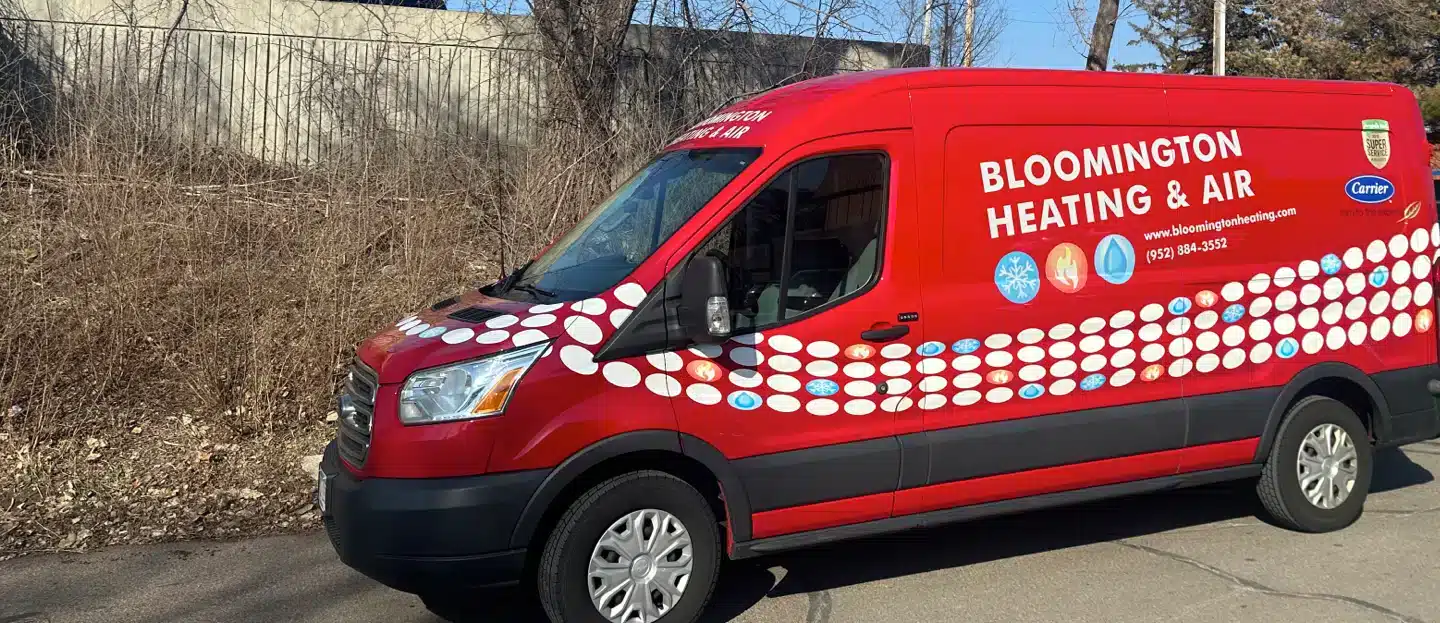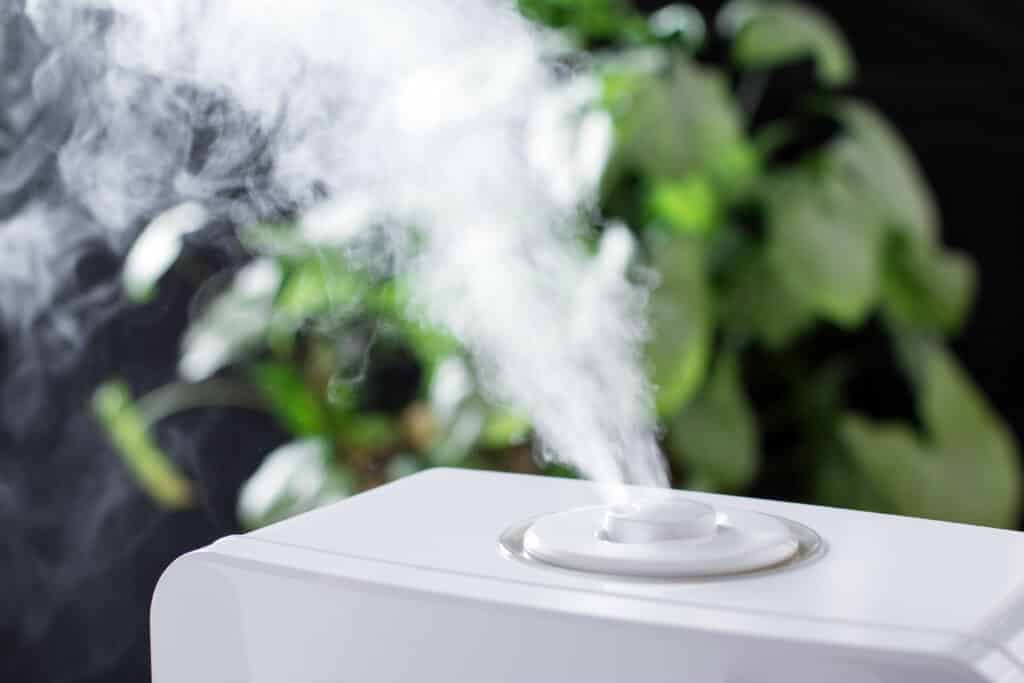
24/7 Emergency Phone Line
Family Owned & Operated
Licensed, Bonded & Insured
Most people spend several hours a day in their home, breathing the indoor air. And many people assume this indoor air is clean, or at least “clean enough.” However, poor indoor air quality is a common issue and the signs are hard to miss once you know what to look for. If you believe you’re having issues with your home or business indoor quality, schedule an indoor air quality appointment with the air experts at Bloomington Heating & Air. Cleaner air is just a phone call away!
Cold Symptoms

Cold symptoms can include coughing, sneezing, runny nose, headaches, difficulty sleeping, and more. If it feels like you’re constantly under the weather when you’re in your home, poor indoor quality may be the culprit. In addition to scheduling indoor air quality services, you should speak with your doctor about persistent cold-like symptoms as this may be a sign of other health issues.
Allergy Spikes
Dust and other particulates are responsible for the sneezy, watery-eyed allergic reactions many people experience. If you’re frequently having allergic episodes in your home, it may be the dust build-up is too much for your HVAC to handle. AC maintenance may be necessary to check the function of your HVAC and ensure your air filter is correctly installed with the right MERV rating.
Dry Or Irritated Skin
Allergic reactions don’t just affect your respiratory system. If you’re experiencing rashes or patches of dry or irritated skin, indoor air pollution might be the cause. This can be caused by a build-up of bacteria in the air which attaches to your skin and causes issues. This same bacteria can wreak havoc on the rest of your body, so it’s important to get bad air quality under control quickly!
Dust Build-Up
Beyond health issues that may be caused by a variety of factors, dust build-up is one of the easiest signs of bad indoor air quality. If surfaces around your home are covered in dust or you can see dust floating in the air, there may be an issue with the air filtration and circulation. Of course, it may be you don’t dust frequently, but home cleaning habits can also contribute to poor air quality to create an exponentially growing cycle of dust.
Stagnant Air
With proper air circulation, the temperature and freshness of the air throughout your home should be fairly consistent. However, if you’re noticing hot and cold spots or areas with a funky or unpleasant smell, it may be due to poor air circulation. This will contribute to poor air quality because the air isn’t being circulated throughout your home where it can all be filtered clean. AC repairs may be needed to increase the power of your HVAC system or vents may need to be adjusted for better airflow.
Find out more information on how to improve indoor air quality!.
